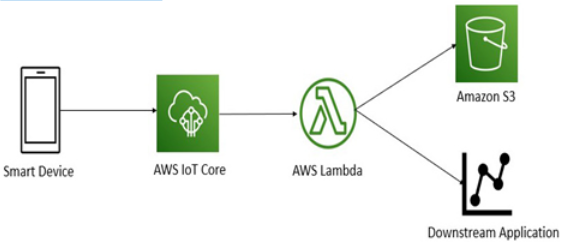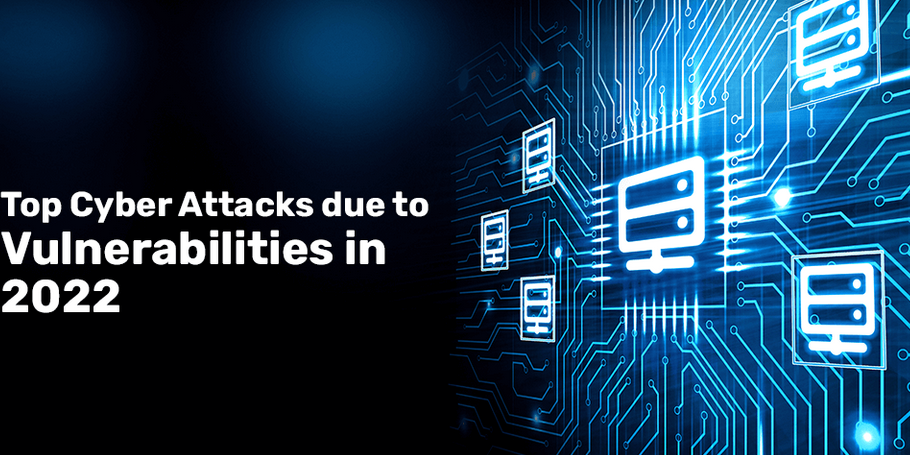Now, we will look at a sample of a design flow based on AWS; a zoom-into-the-cloud icon from the previous example, if you will. AWS diagrams can be created via AWS’ Workload Discovery tool or using other tools that were mentioned in the last subsection. If you do use other tools, AWS also provides a set of architecture icons to make illustrating your workloads much simpler, which can be found at https://aws.amazon.com/architecture/icons/.
In this example, we see the communication of a smart device storing data be processed further in a downstream application:

Figure 1.9 – Communication flow diagram of a smart device via the cloud
In this flow, we can see a smart device sending data to AWS IoT Core, which is a service that allows multiple IoT devices to connect at one time and route the messages accordingly, which, in this case, is to a lambda function. The lambda function then runs analytical workloads before storing the data in Amazon S3 and sends some that require further processing to a downstream application to be reported on.
As can be seen, these diagrams show in detail how communication occurs from a device to its endpoint. It is because of this that creating effective diagrams is key to communicating design decisions within architecting IoT solutions. It is also useful for your own documentation purposes to help you keep track of changes that you make to the solution.
We will discuss more about AWS, its cloud computing offerings, and its capabilities in helping us work with our IoT solutions in Chapter 7, Working with Cloud Computing to Power IoT Solutions.
With this, we have been able to get a high-level understanding of developing simple IoT system diagrams based on both smart objects and AWS, the latter of which will be imperative in our discussion in Chapter 7, Working with Cloud Computing to Power IoT Solutions as it plays a crucial role within the world of IoT. In the next section, we will discuss how we can dig deeper into the overview and how we can define the flows of processes and data of smart objects through further understanding how they move from source to destination.
Defining systems and processes for smart objects
As stated many times within the chapter, devices and sensors must be connected to the internet to be able to efficiently perform their tasks and utilize their data. By definition, a smart object is an object that needs to be able to communicate and interact with other devices and systems, making them a key component of IoT, as we want them to perform without the need for human intervention. As part of this, we need to understand the why, what, and how of every system and process that we define as part of the interaction of smart objects. In this section, we will define these systems and processes and show how we can properly define flows to transfer information from one part of the system to another, ensuring that our use case’s goals are met. We will then delve deeper into this in the next chapter.
